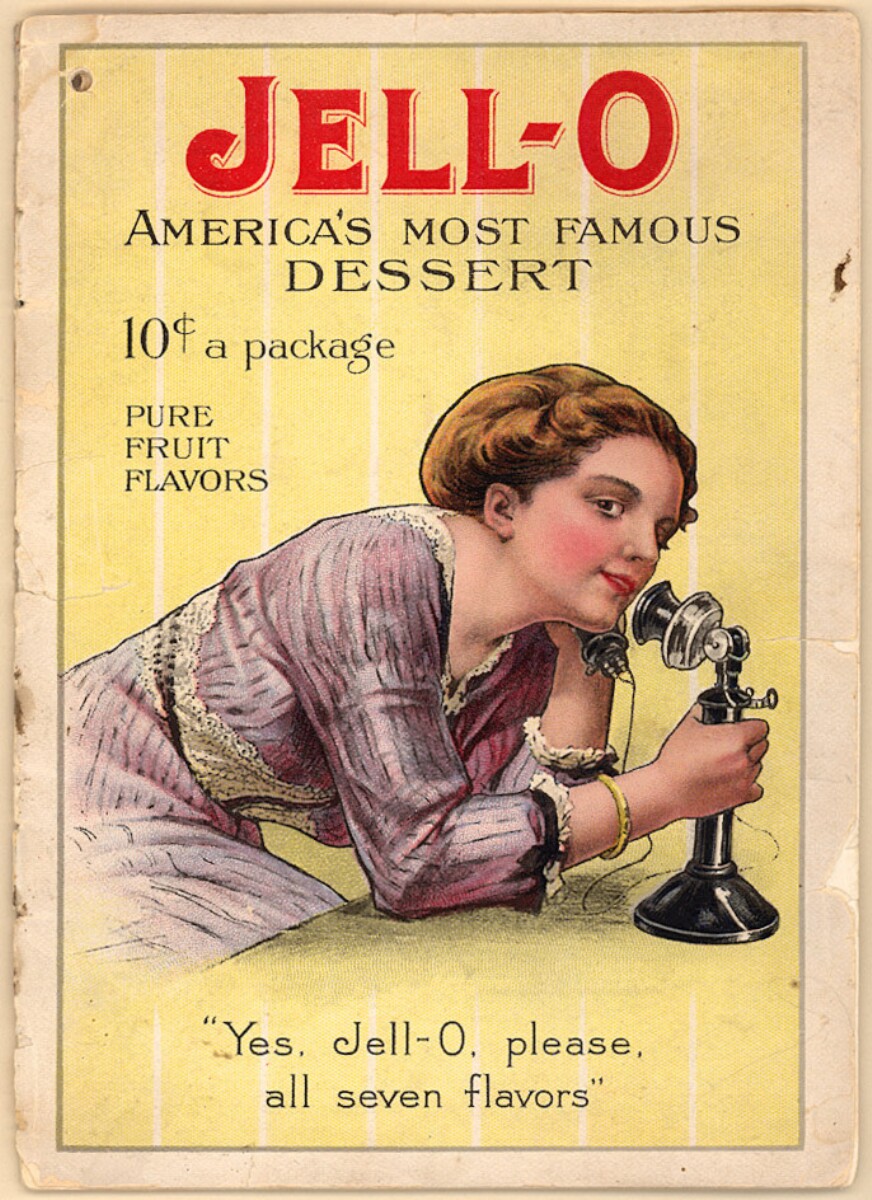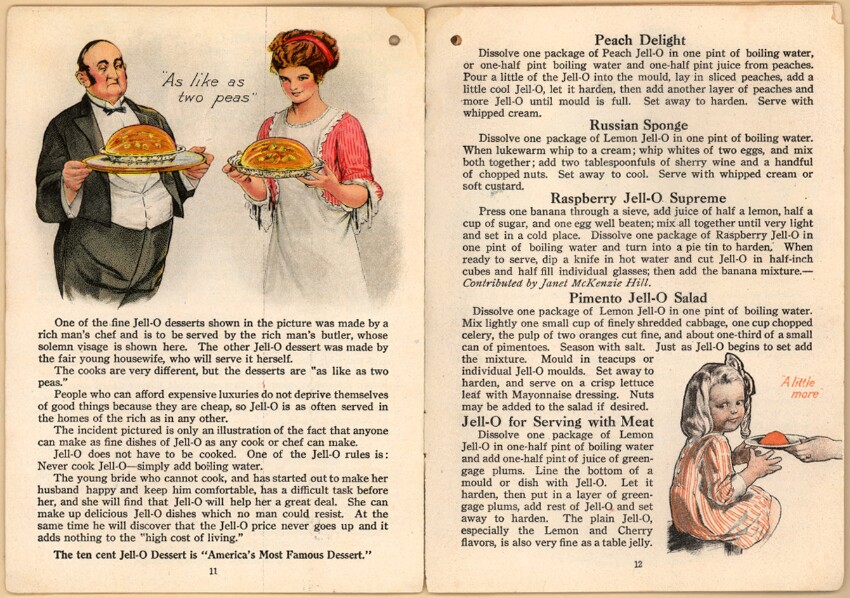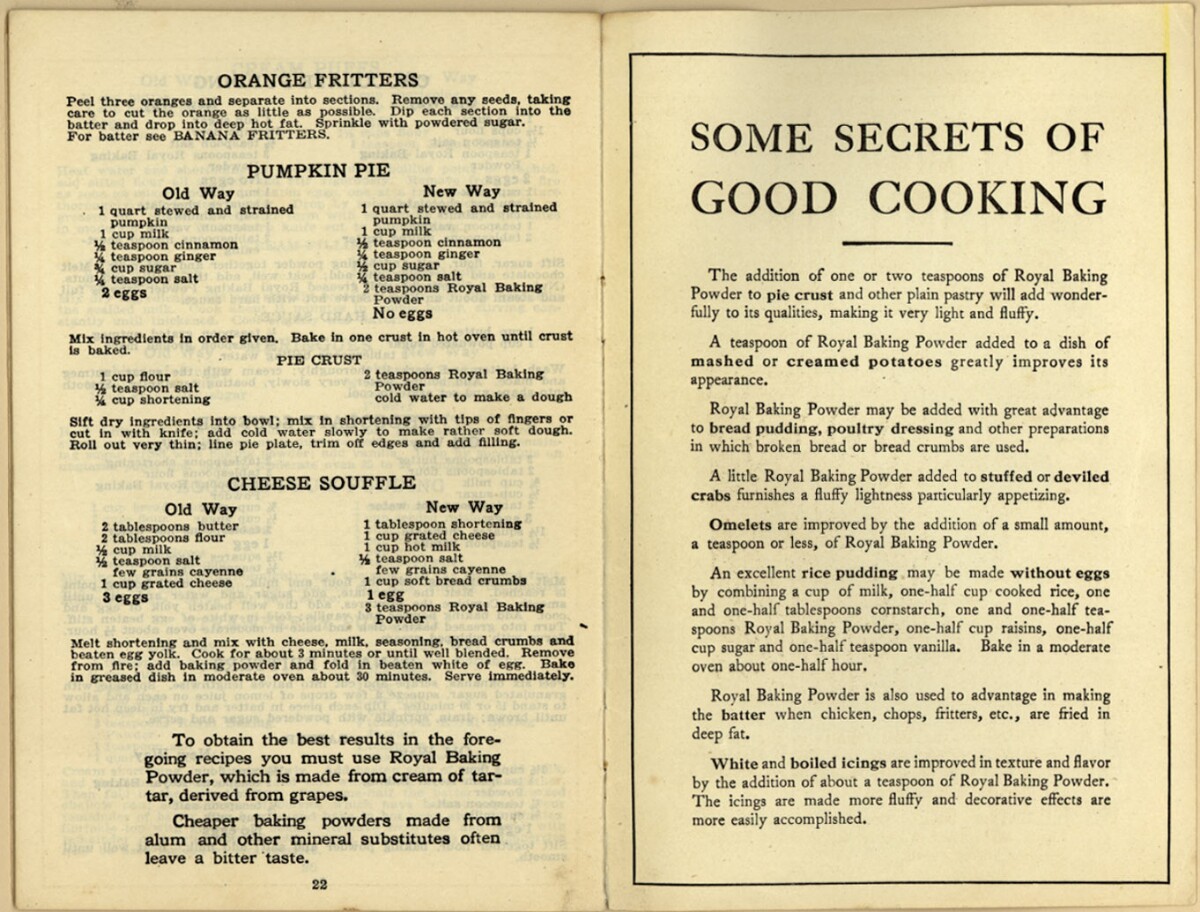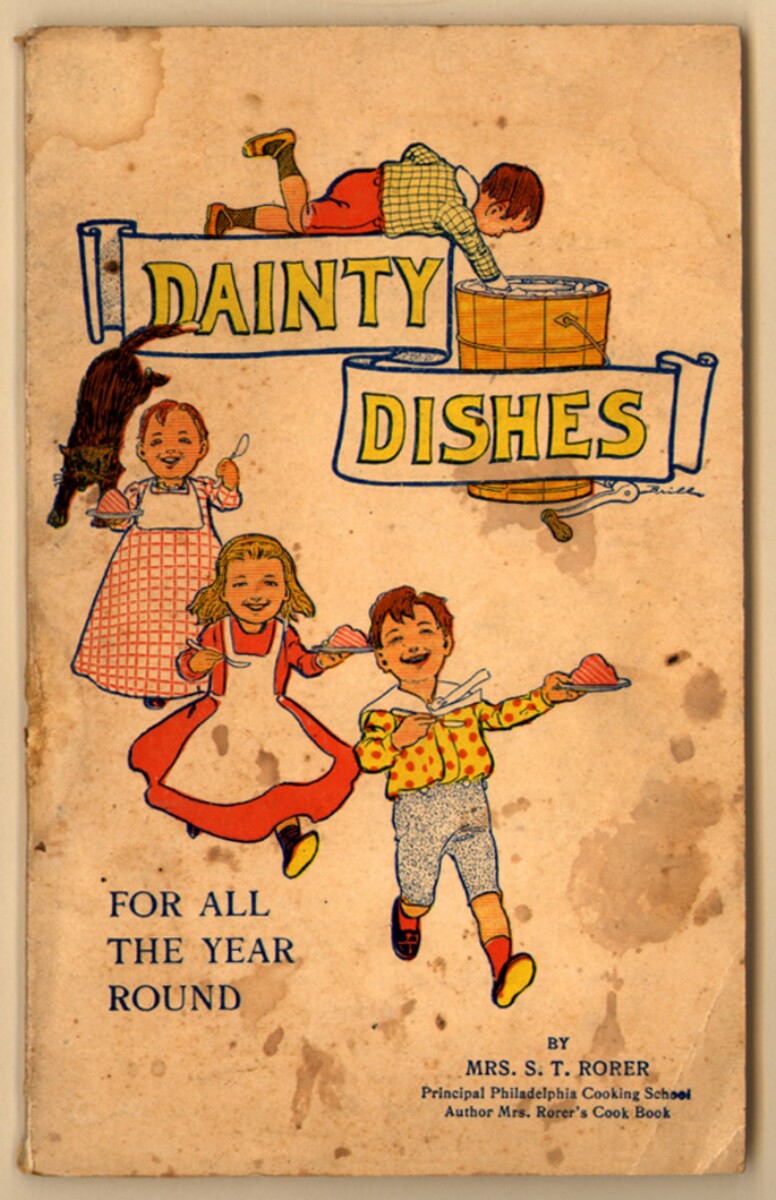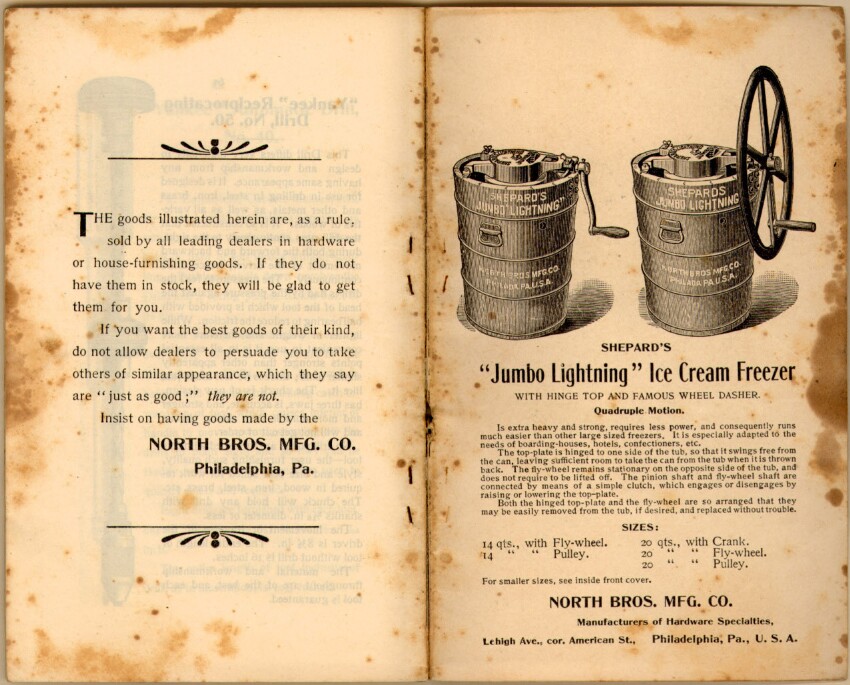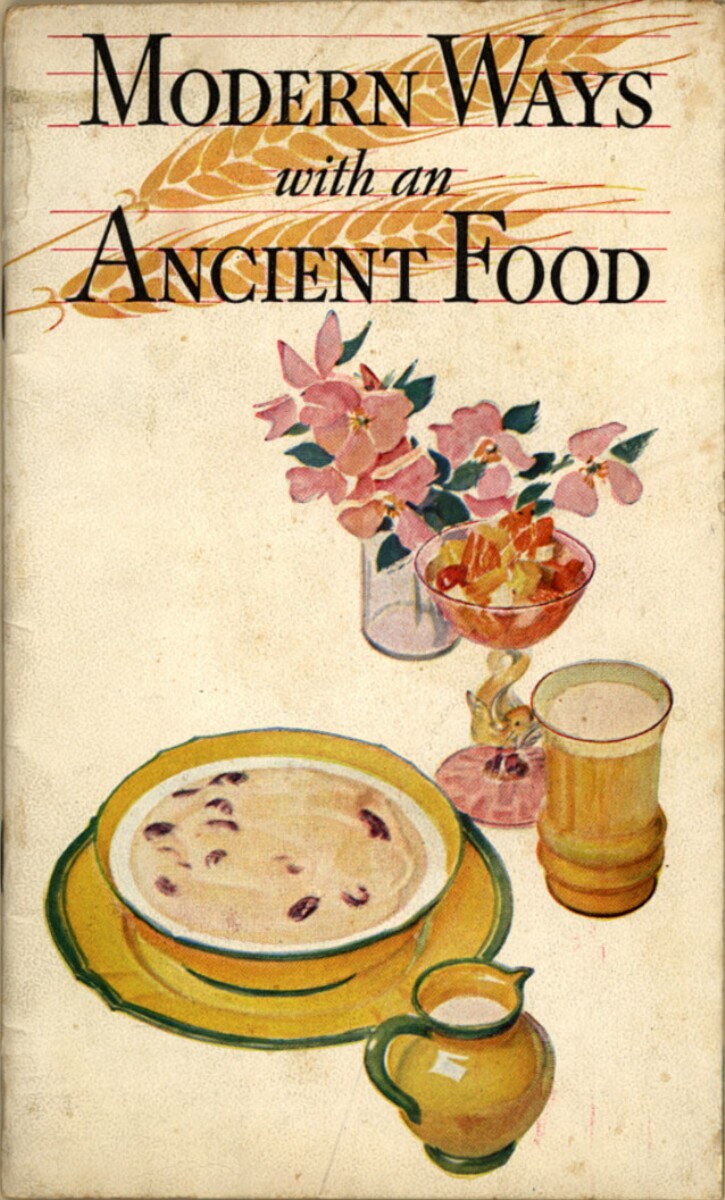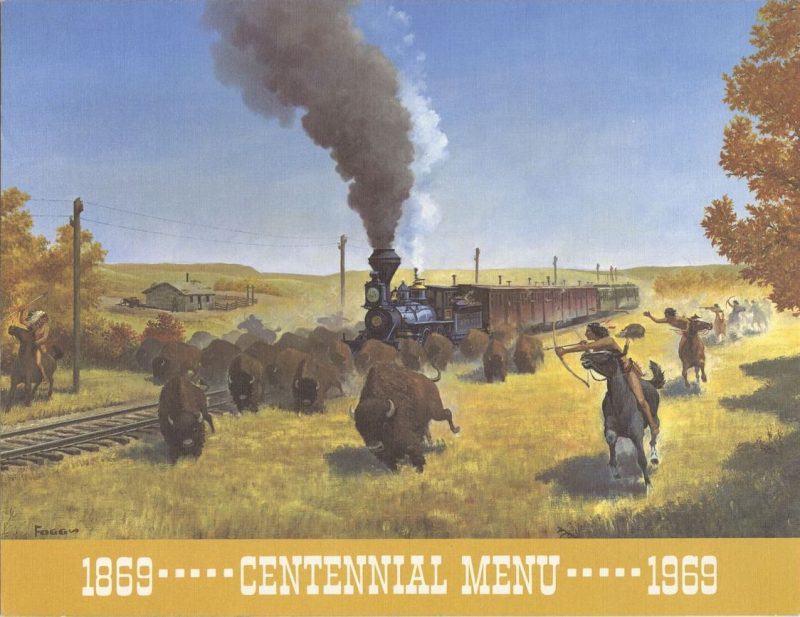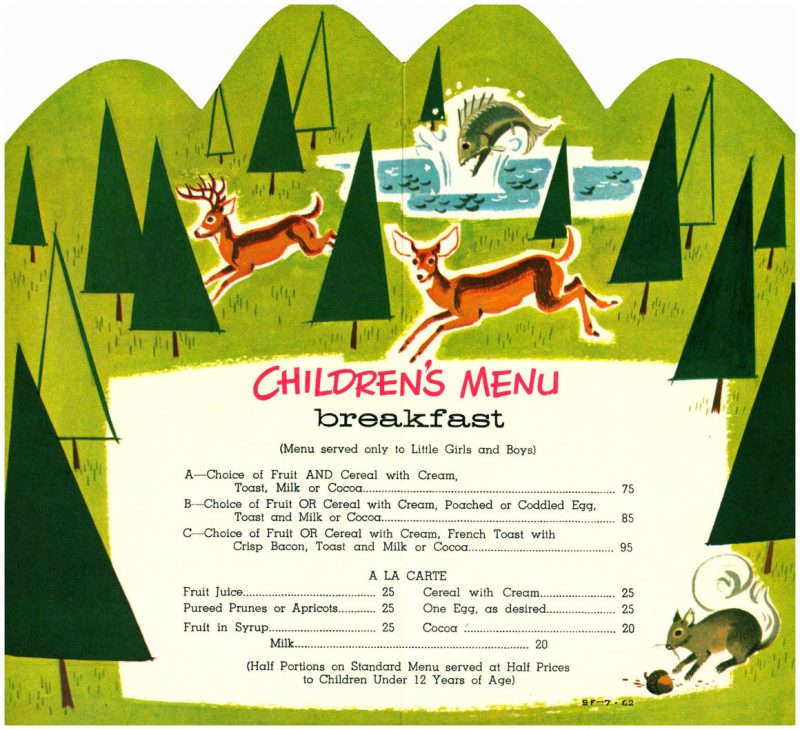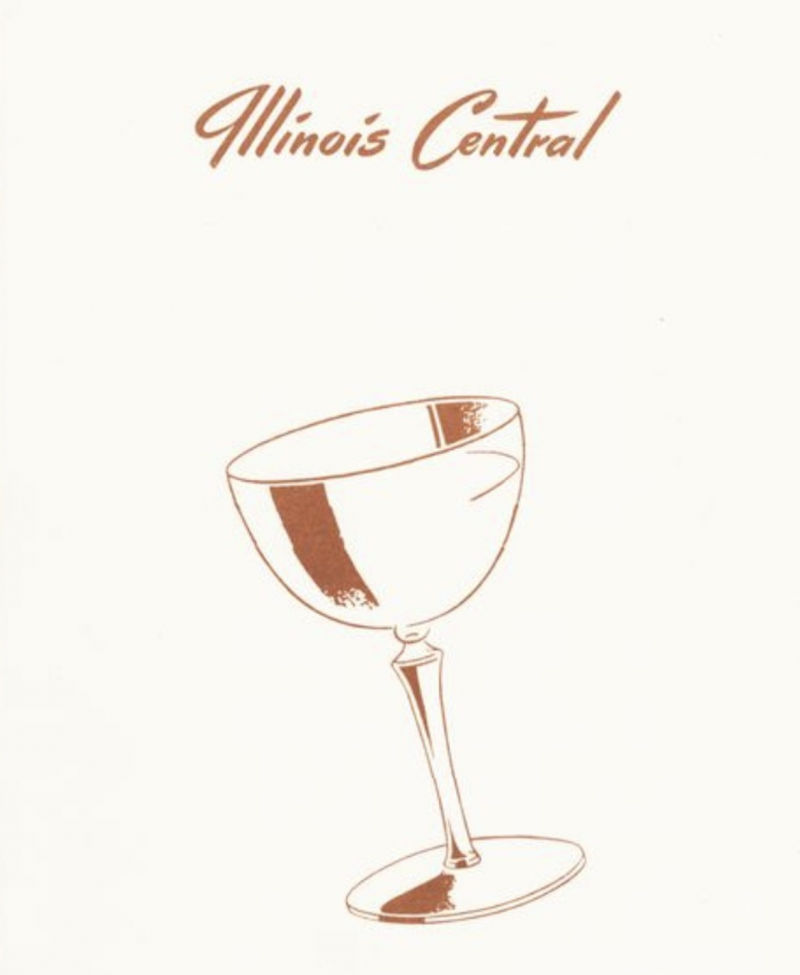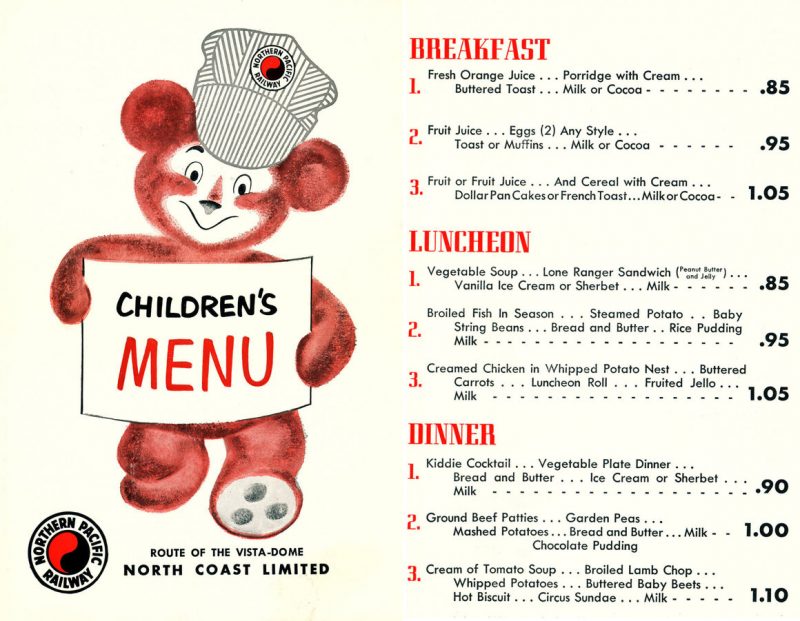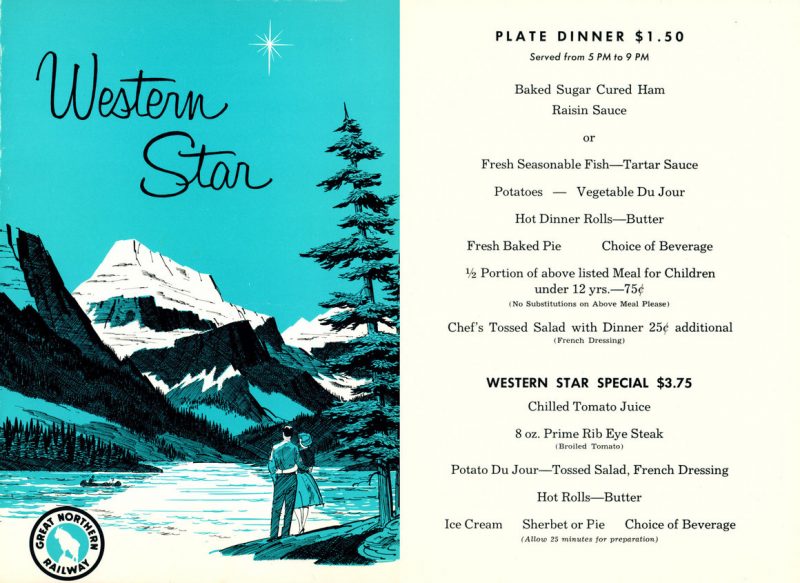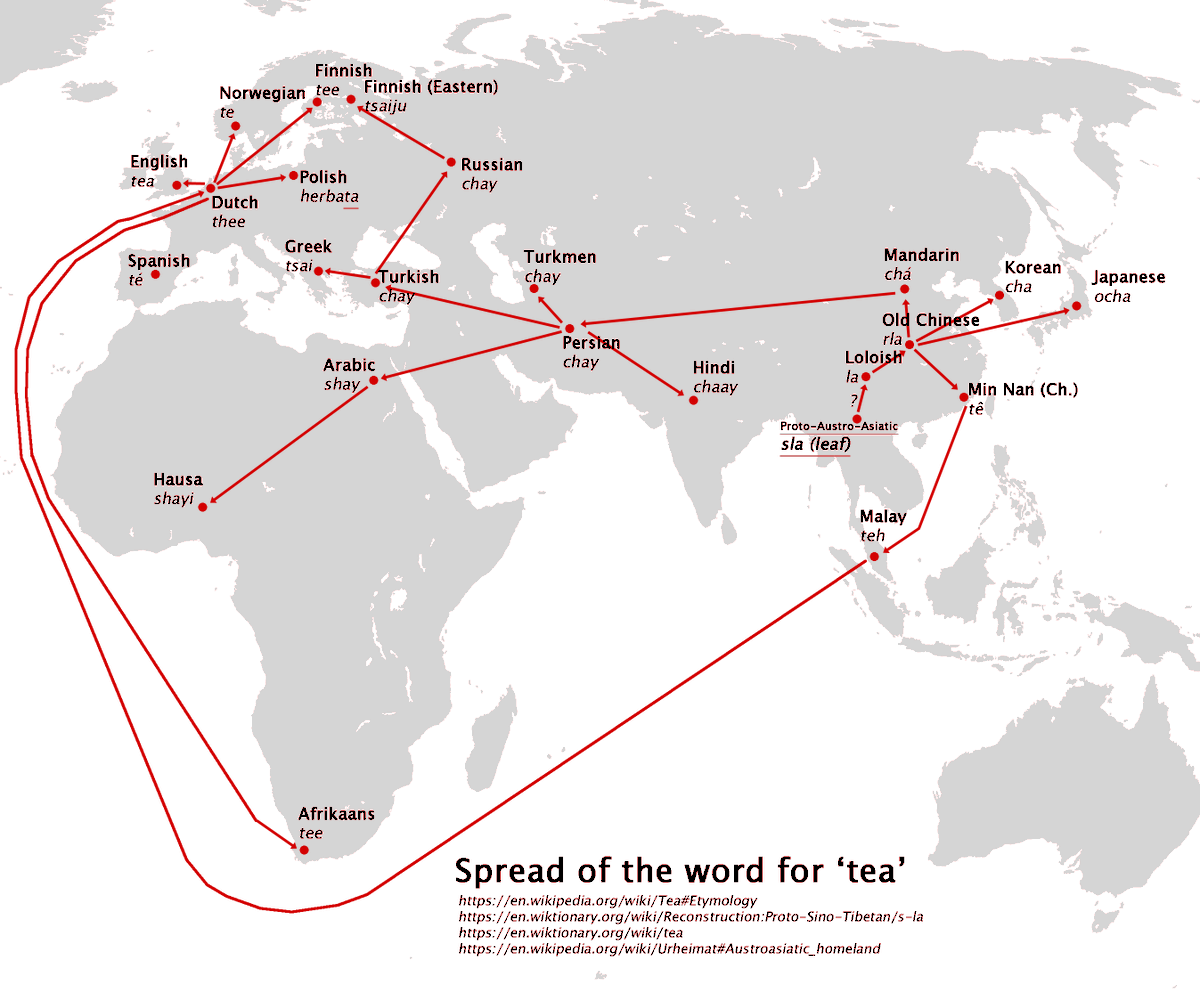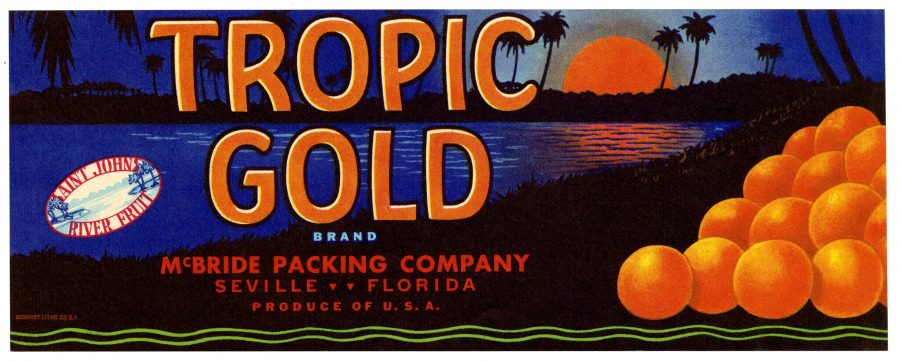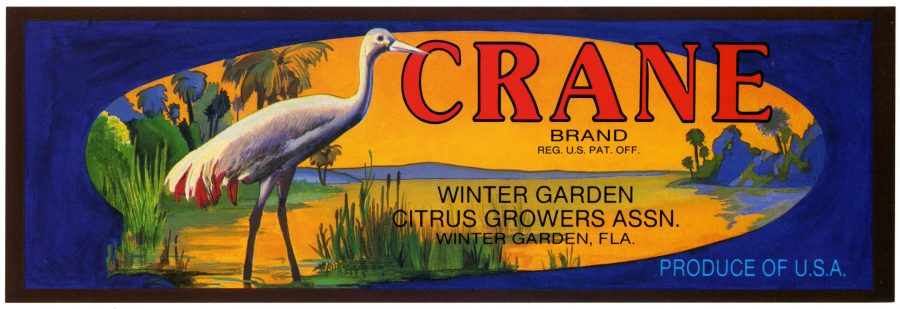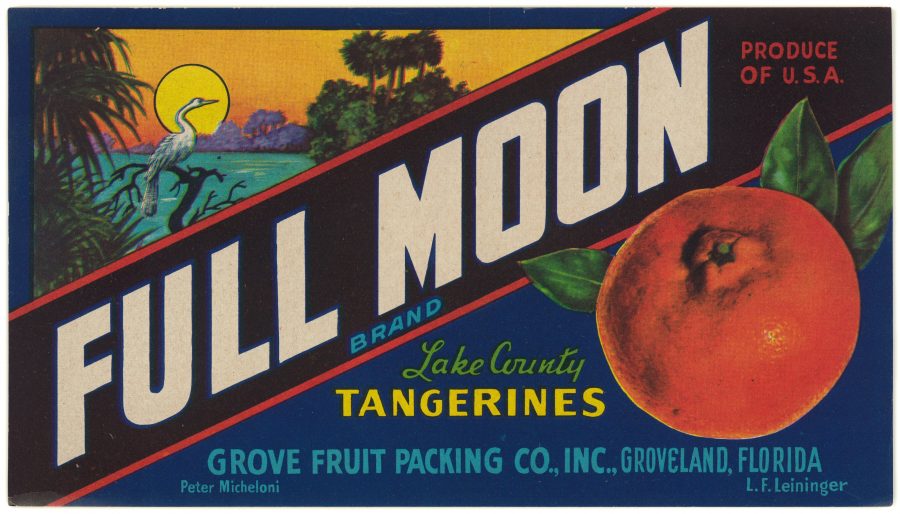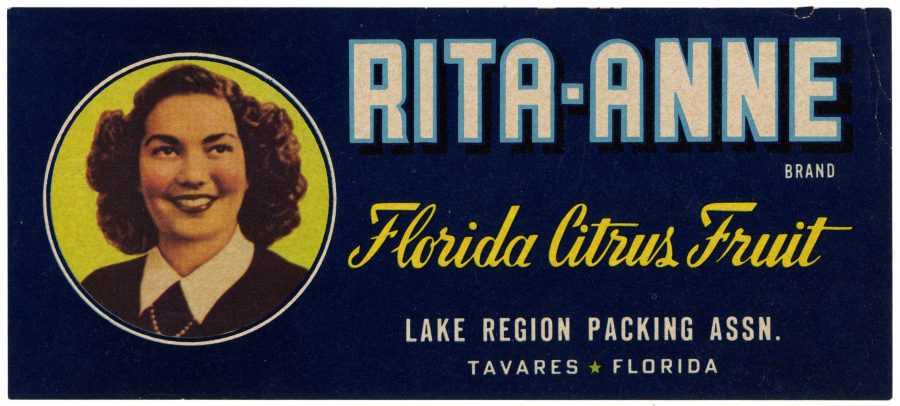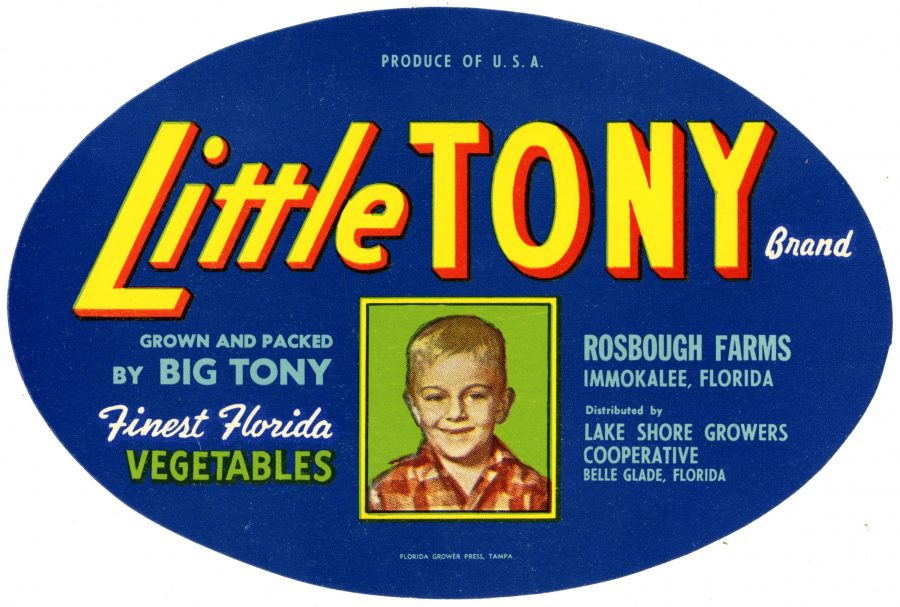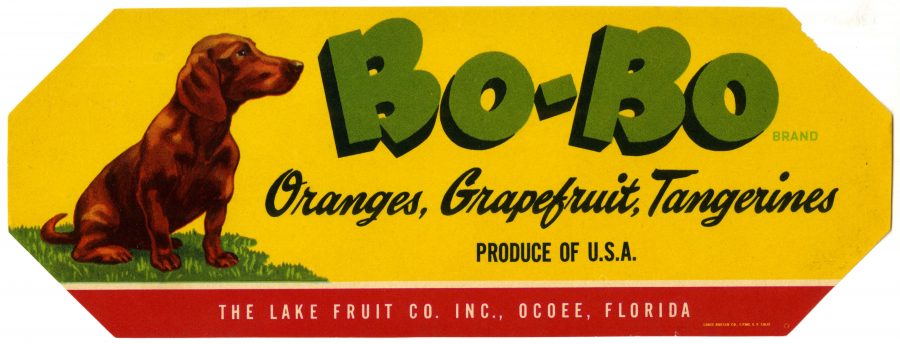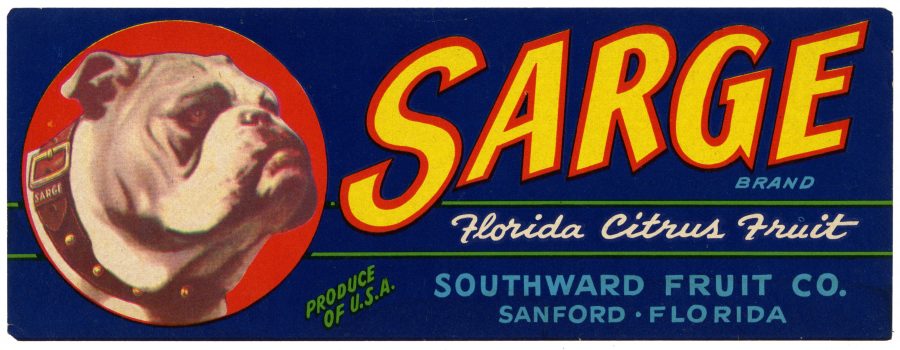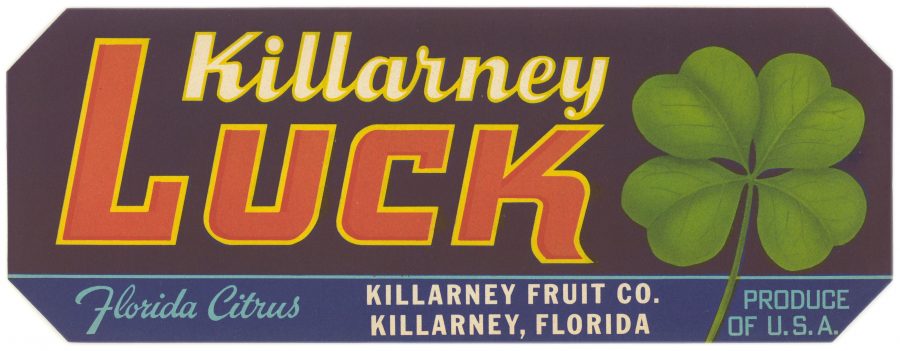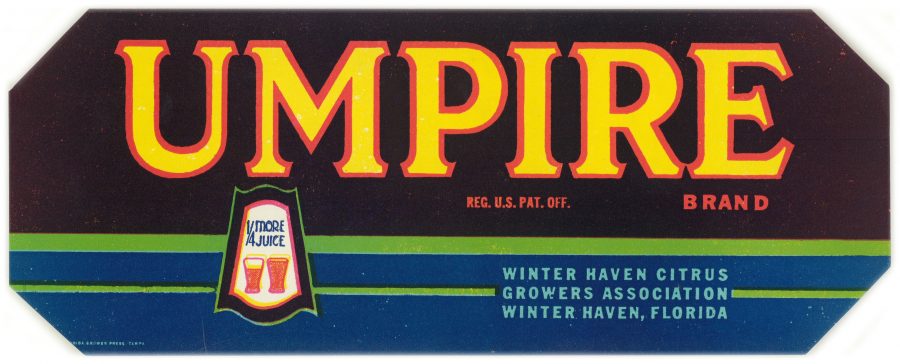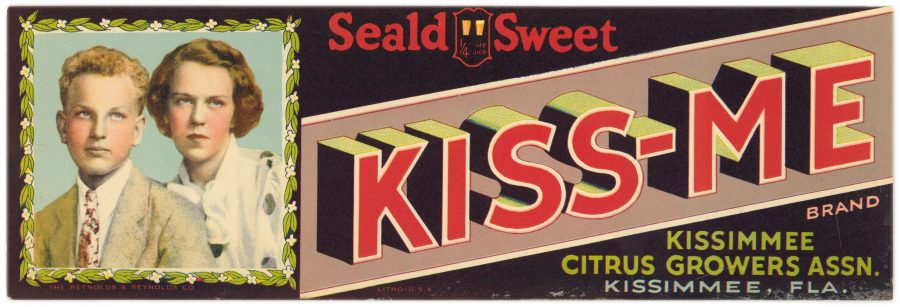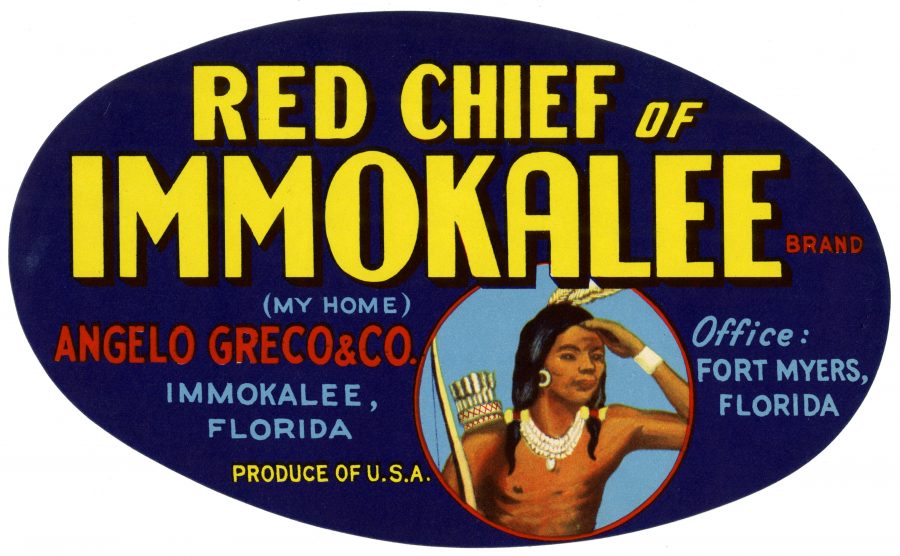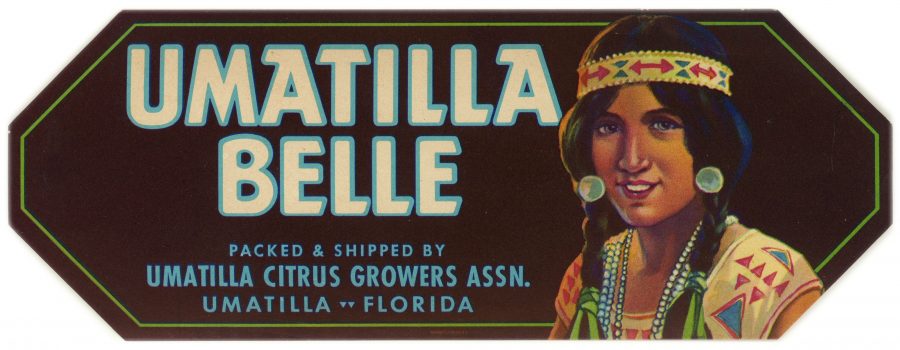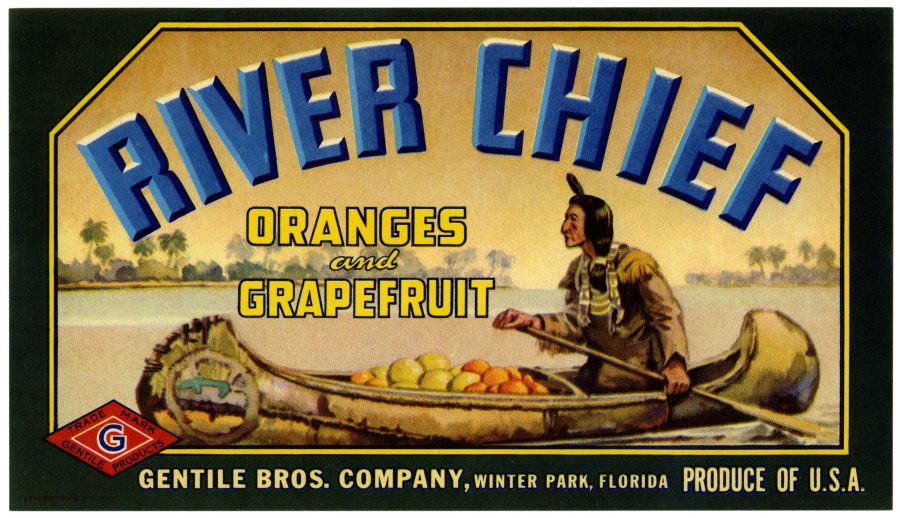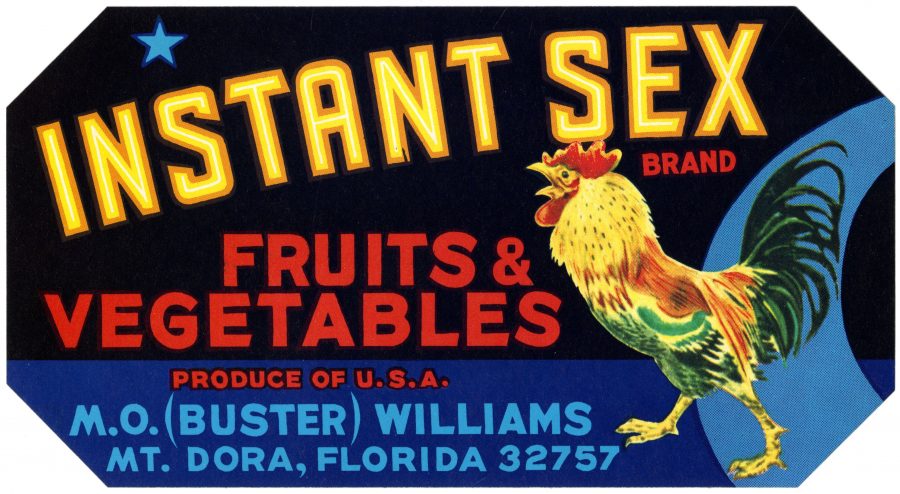Our fascination with tiny food can be traced to the mouthwatering illustrations in Beatrix Potter’s The Tale of Two Bad Mice.
Just like the dollhouse-sized comestibles that so confounded the titular rodents, Tom Thumb and Huncamunca, animator Andrea Love’s miniature pasta with red sauce is as inedible as it is appetizing.
The self-taught stop motion specialist’s medium of choice is wool.
In an interview with Dragon Frame stop motion software’s company blog, when they featured Cooking with Wool: Breakfast, above, Love explained:
I like to make short personal projects experimenting with the different ways to animate wool. The technique is called needle felting and it involves shaping wool with a barbed needle. I love the fuzzy aesthetic, and feel like the possibilities are endless. Everything in this video is made out of wool or felt, and is built over rigid insulation foam. This was a weekend/evening project, done over the course of three days… It is very challenging working with tiny bits of wool, but also amazing how much detail can be achieved on a small scale when you consider that it is just tiny clumps of fur.
Forget the showstoppers—the melting butter, the fried eggs flipping in the pan, the steam rising from cup and kettle…
Let’s take a moment to admire the attention to detail that went into the background aspects—the rubber spatula, the bananas, the cheery flecked wallpaper…
The only thing missing is a potholder to handle that piping hot cast iron skillet.
Perhaps she ran out of wool?
The Port Townsend, Washington resident, who graduated from Hampshire College with a concentration in film studies and sustainable agriculture, whips up her teeny weeny wooly meals in the same basement studio where she crafts promotional videos for local businesses, including the yarn shop where she sources her wool rovings.
View more of Andrea Love’s fiber-art stop motion animations, including a “digital” banana painting created with a woolen tablet and stylus, on her website and Instagram page.
Related Content:
The Online Knitting Reference Library: Download 300 Knitting Books Published From 1849 to 2012
Behold an Anatomically Correct Replica of the Human Brain, Knitted by a Psychiatrist
20+ Knitters and Crochet Artists Stitch an Astonishing 3‑D Recreation of Picasso’s Guernica
Ayun Halliday is an author, illustrator, theater maker and Chief Primatologist of the East Village Inky zine. Join her in NYC on Monday, February 3 for New York: The Nation’s Metropolis the 21st installment of her book-based variety show, Necromancers of the Public Domain. Follow her @AyunHalliday.
